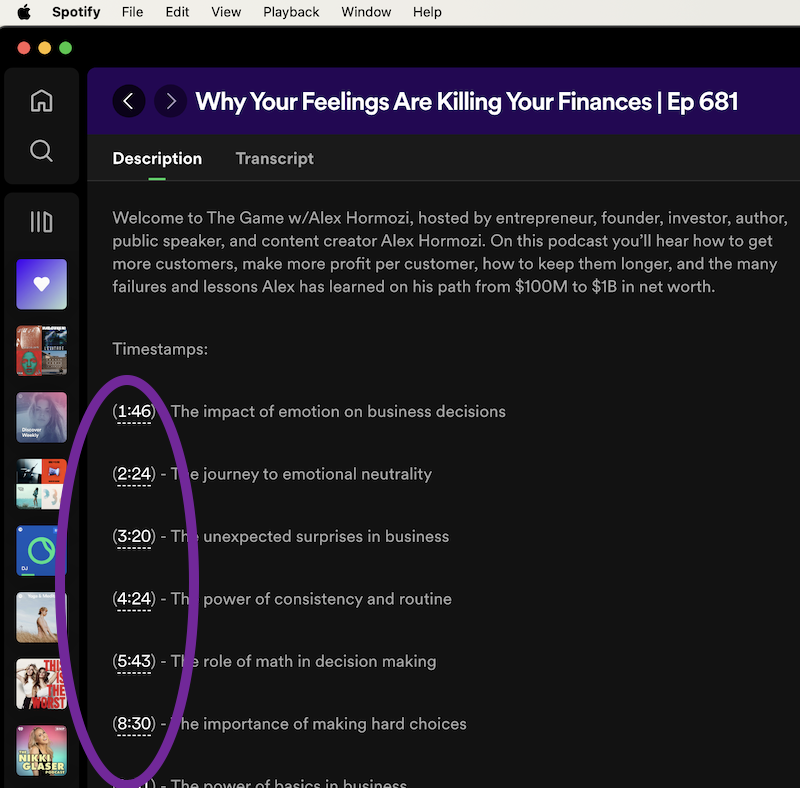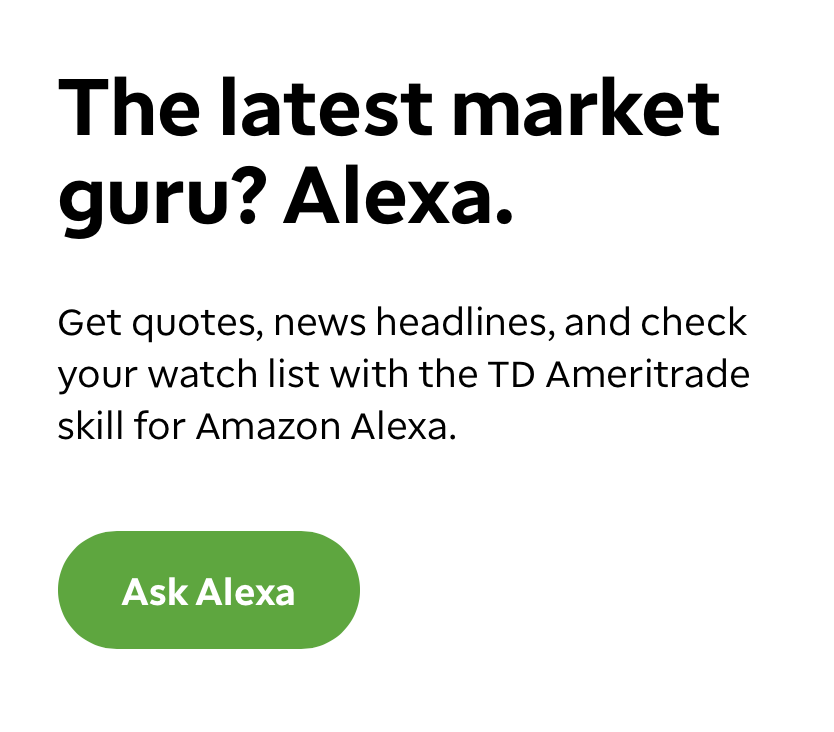Harvard Business School's Gerald Zaltman reveals that 95% of purchasing decisions are made subconsciously, driven more by emotion than rational thought. Despite this, sales strategies often focus on overwhelming buyers with data, causing decision paralysis.
Our subconscious adeptly processes information using learned experiences, supporting the notion of "trusting your gut." Studies like the Iowa Gambling Task show that emotional intuition identifies patterns faster than rational logic.
For complex sales or considered purchases (such as hiring a wealth manager), appealing to the intuitive mind through storytelling and experiential selling can be more effective than relying solely on facts and figures.
You are advanced enough and honest enough not to be pitching market-beating returns, of course.
But let’s really zero in on the angle that appeals to successful, smart, busy people who know a good deal about investing or have had solid performance but they:
Don’t want to deal with managing a portfolio.
Had a liquidity event or inheritance and find themselves in over their heads.
DIY’d it (perhaps with a robo-advisor) and have 7 figures sitting in Wealthfront or Betterment. (While robo investors can be less desirable FA clients attitude-wise, keep an open mind). This is a legit TAM and a lot of HENRYs hang out there.
Dollar cost averaged into the S&P for fifteen years, and have a chunk of money sitting in Schwab that could benefit from some hygiene, attention, and peace of mind that they’re not overpaying in taxes.
Insights from an actual prospect to RIA client conversion:
"As a client of an advisor myself, I’m giving you the scoop on why, despite great performance DIY’ing my investments for 15 years, I decided to hire an expert to manage my investments and financial plan.” - Emily Binder
Why I Hired a Financial Advisor
Takeaway: The reduced energy expenditure and peace of mind was worth the fee.
But there’s more nuance to the emotional aspect of this decision.
Positioning your value:
A great messaging strategy speaks to the fact that time (energy) IS money.
It will land well with people who:
value their time (most precious non-renewable resource)
understand the payoff from delegation (business owners especially get this because delegation is a prerequisite for scaling anything)
have intellectual humility and pragmatism about their unpredictable future behavior or lack of detailed knowledge about investing, estate, taxes, retirement, etc.
How do you harness psychology to improve RIA marketing?
Find a way to tactfully show prospects this universal truth:
"You don't know what you don't know."
More on that: The Dunning-Kruger Effect explains how people with limited knowledge often overestimate their expertise. By tactfully addressing this bias, financial advisors can help HNW prospects see the value of delegation and expertise—especially in navigating complex financial decisions they may not even realize they’re unprepared for.
This is an emotional unlock: you are selling peace of mind and time and energy savings. How do you even quantify that? You really can’t. Don’t try. A percentage of AUM is a steal for sleeping well and unemotionally managed diversification.
Sell benefits, not features. Here’s the difference (watch YouTube Short: “Sell benefits, not features.”).
Read more in the blog and video from Emily:
The Time-Freedom Messaging Strategy: 20 Magical Hours
… the greatest benefit you sell but fail to message
Updated August 21, 2025 - from Emily Binder:
Imagine that next month you will receive a bucket of 20 hours in which your mind has zero distractions or worries. You have total quiet and space to dream. Your money is diversified and compounding 24/7, managed by a trusted expert. Your estate is safe. You have enough.
What might you create?
It's not just the 20 hours, it's that your mind is clear and nervous system calm, allowing total blood flow to the frontal lobe. You will come up with new, accretive ideas. Your ideas could create assets, such as a new business or an investment that makes more money from your money while you sleep.
How much would you pay to get those 20 magical hours?
—end pitch—
Your target audience wants those hours. Your service gives them those hours.
Freeing up energy and mental bandwidth is priceless.
~1% AUM becomes perceived as a steal.
Very few wealth managers harness this effectively. It's why you continue having to answer questions about price and fees.
Change the conversation.
I've just given you the general messaging strategy to attract a highly desirable type of client to your advisory business.
We can customize the messaging for your business. Once you have a resonant and distilled message, the hardest part is done. You just platform your message with the right marketing strategy and content. It might simply require a tweak to certain language in your existing content creation.
Click the button below to book a session for Marketing & Brand Strategy (Company).
See testimonials and details about Emily Binder’s advisory sessions at emilybinder.com/call.























